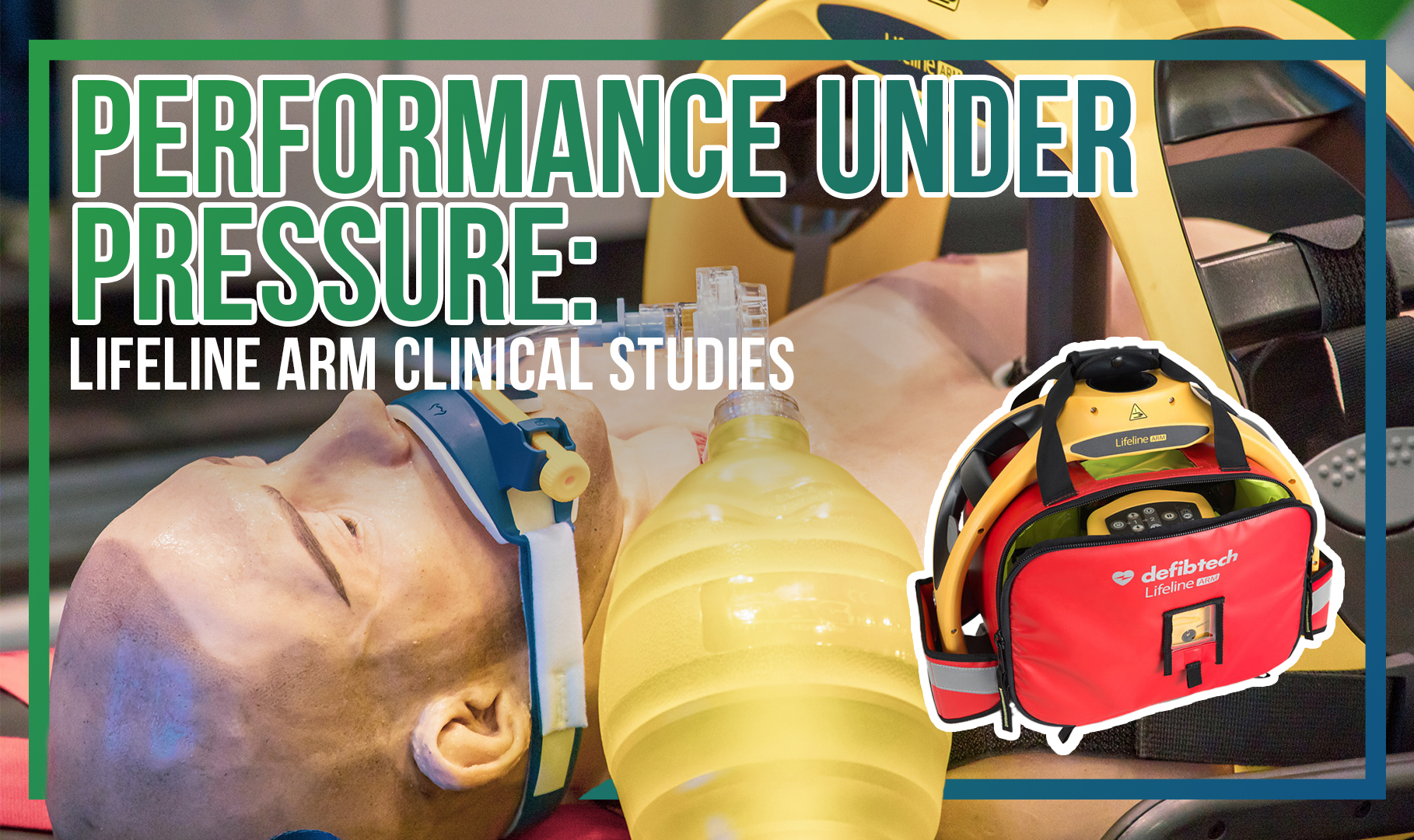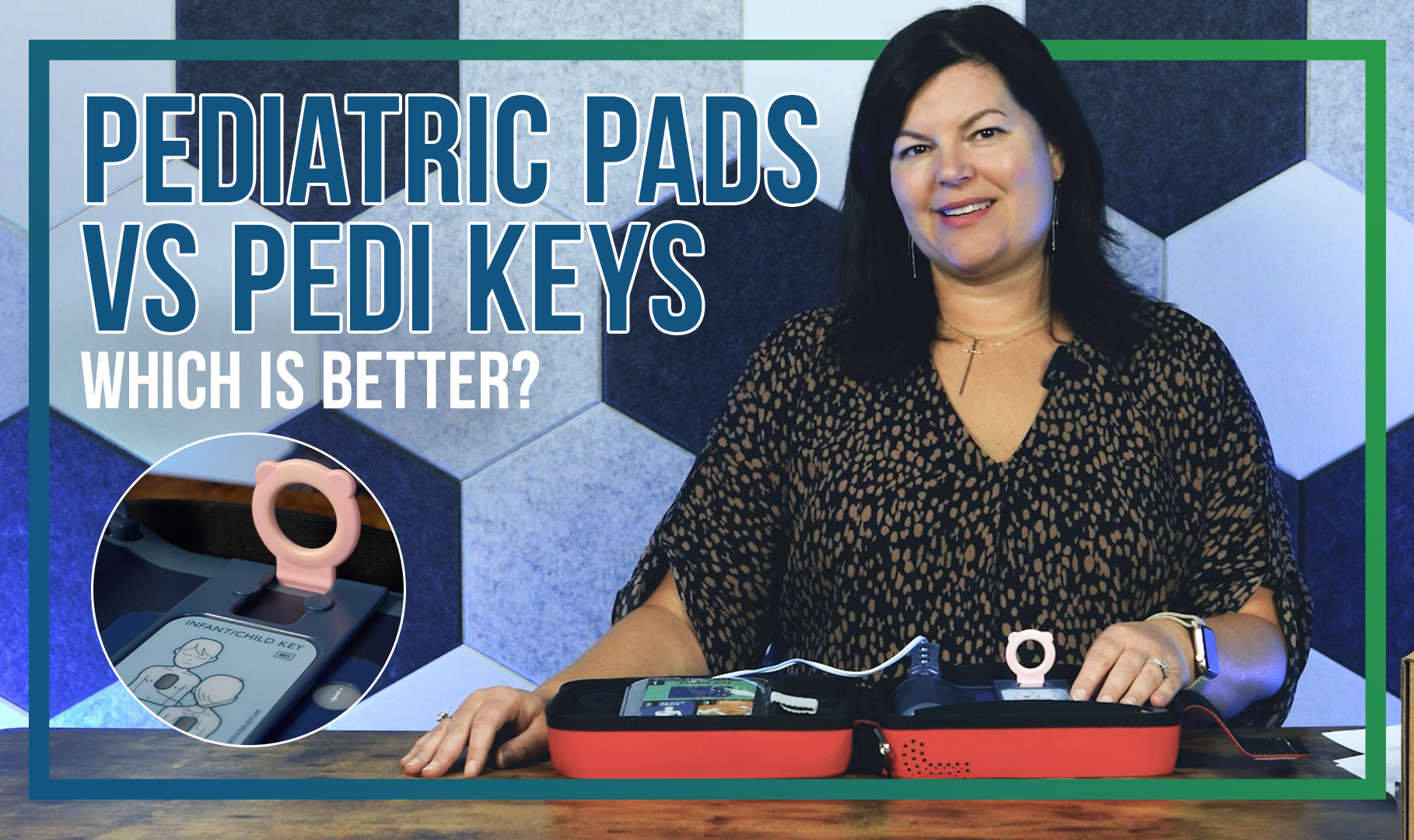

Pediatric Pads vs Pediatric Keys for AEDs: Which is better?
What’s the benefits of choosing an AED with a Pediatric Key instead of using pediatric pads? Carrie Kastner, our Education Sales Manager at Master Medical Equipment, joins us to speak on the key differences and the need to be ready for a pediatric cardiac emergency.
Delivering a life-saving shock to infants and small children
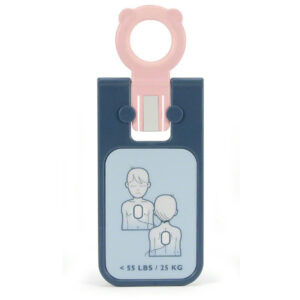 Normal pads are designed for adults, and deliver a shock which would harm infants rather than save them. Many Automated External Defibrillators require you to keep a separate set of pads just for infants and small children. Keeping up with a separate pair of pads, which have a shelf life, can be expensive and overlooked. By contrast, the Philips FRx AED uses a pediatric key, a plastic multi-use device to lower the shocking energy to 50 joules, safe for a pediatric patient. This lets you maintain only one set of pads, making rescuers simpler and keeping long-term costs down. By flipping the tab and inserting it into the AED unit, the pediatric function is now available.
Normal pads are designed for adults, and deliver a shock which would harm infants rather than save them. Many Automated External Defibrillators require you to keep a separate set of pads just for infants and small children. Keeping up with a separate pair of pads, which have a shelf life, can be expensive and overlooked. By contrast, the Philips FRx AED uses a pediatric key, a plastic multi-use device to lower the shocking energy to 50 joules, safe for a pediatric patient. This lets you maintain only one set of pads, making rescuers simpler and keeping long-term costs down. By flipping the tab and inserting it into the AED unit, the pediatric function is now available.
This makes AED maintenance easier for you because adult and pediatric pads have different expiration dates. Adult pads tend to last for 4 to 5 years, depending on the manufacturer. Pediatric pads are only good for up to two years, meaning you have two different shelf life cycles to track. You have an extra expense. For every set of adult pads, you’re purchasing two and a half sets of pediatric pads. The Pedi Key is a great alternative, with no expiration date and allowing multiple uses. Plus, you don’t have to worry about storage temperature. It lives in the case and is there in case you need it. In a pediatric emergency, the key just pops in the top, and the machine does all the work for you. You’re still using the same pads. You’ll place the pads according to a pediatric rescue, one on the chest and one on the back, listen for directions, and the machine will take care of the energy level.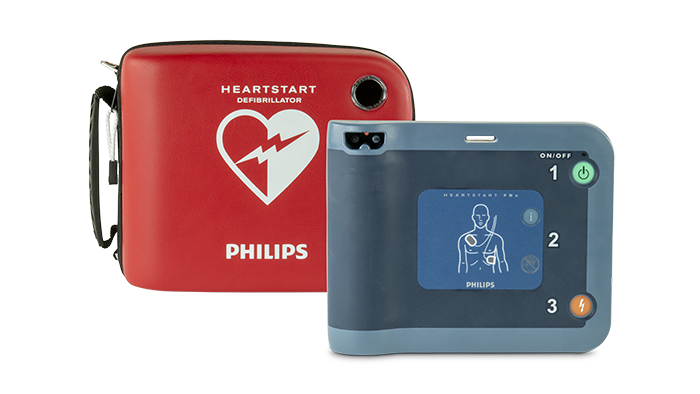
In the Philips family of AEDs, the FR3 also uses a Pedi Key. That key looks slightly different, it will be pink, which is the pediatric color but has the same function
The Philips HeartStart FRx AED is known for its durability and robust design. The FRx has an IP rating of 55, meaning it’s suitable for vehicles or to stored in not-so-climate-controlled places. We never recommend putting it anywhere too hot or cold, but the IP rating of 55 makes them durable and very hearty against most damp or dusty environments.
If you have any questions or need any information, please call us at Master Medical Equipment at 866-468-9558. We have plenty of people answering the phone ready to help you out.

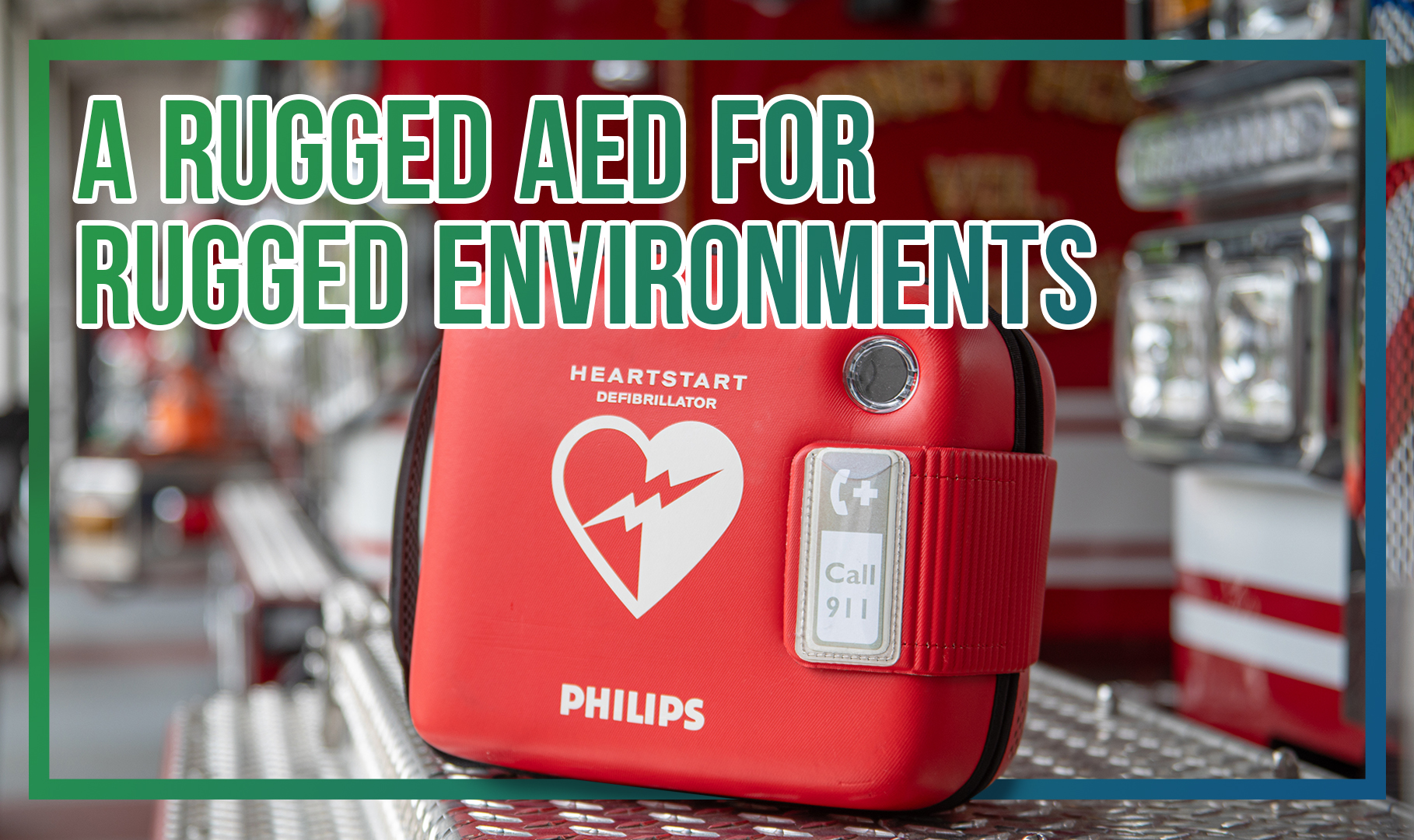
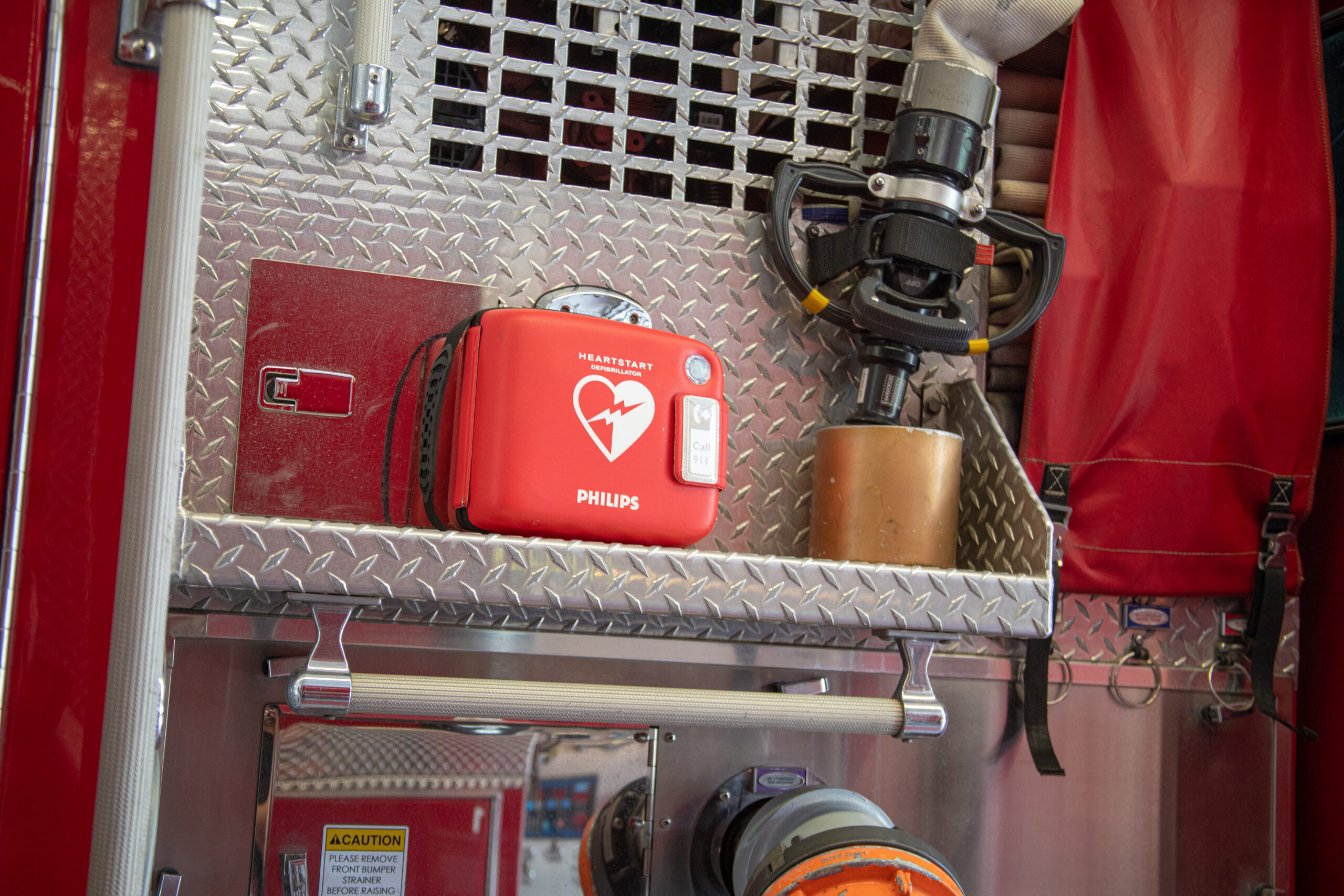 The
The 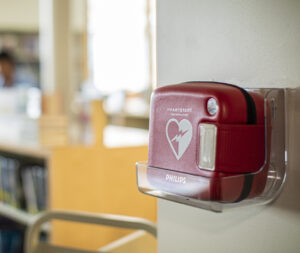 Maintaining the FRx is uncomplicated. The device performs daily self-tests to verify its operational readiness, ensuring it’s consistently poised to execute a rescue. Additionally, it assesses the Smart Pads II to confirm that they are prepared to deliver the most effective shock possible. This meticulous attention to readiness can make all the difference in a high-pressure situation.
Maintaining the FRx is uncomplicated. The device performs daily self-tests to verify its operational readiness, ensuring it’s consistently poised to execute a rescue. Additionally, it assesses the Smart Pads II to confirm that they are prepared to deliver the most effective shock possible. This meticulous attention to readiness can make all the difference in a high-pressure situation.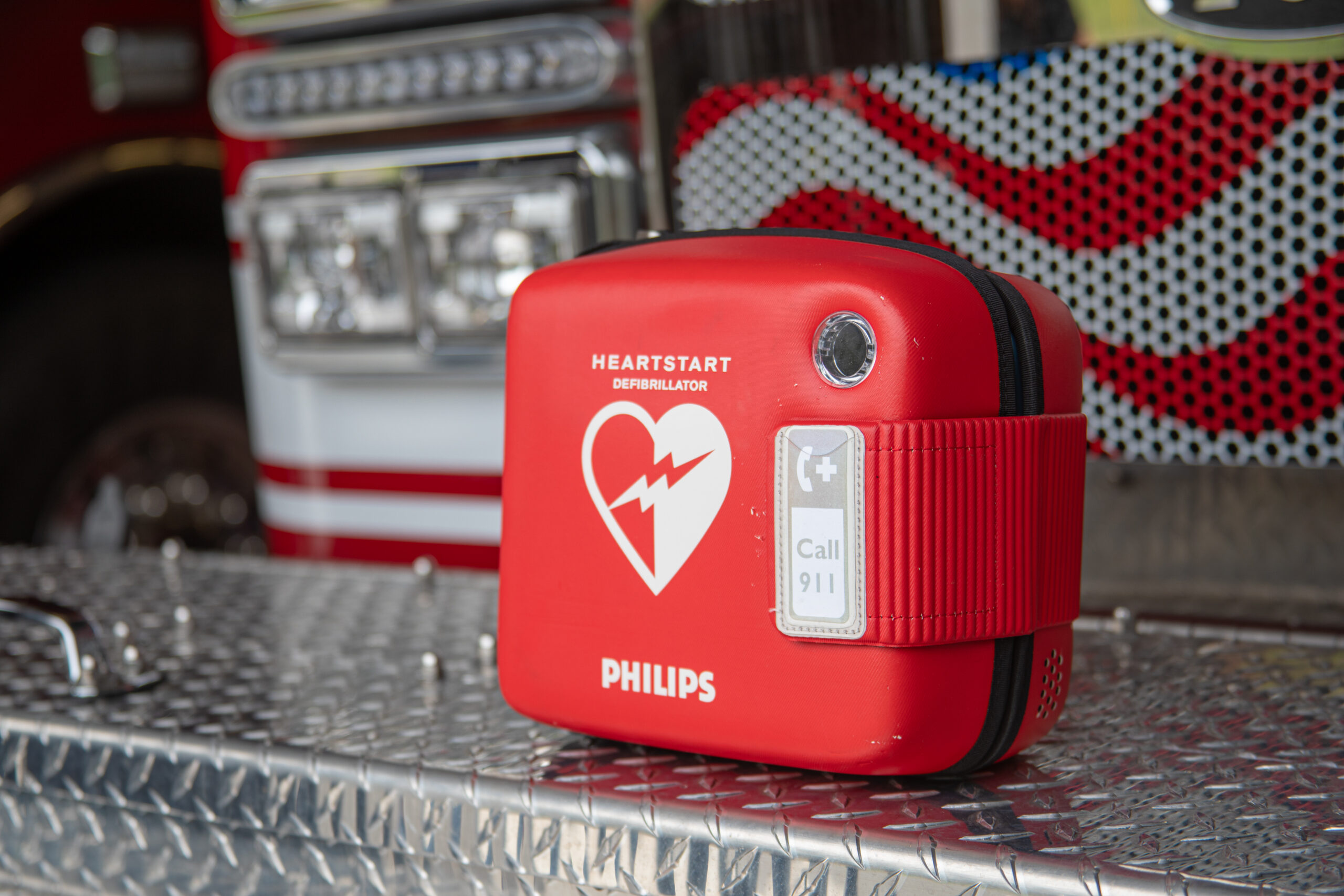 With the SMART biphasic technology, the FRx takes out the guesswork. It automatically analyzes the patient’s condition and determines whether a shock is necessary. This means the device operates precisely, providing shocks only when needed. Supported by a wealth of clinical data, the SMART biphasic external defibrillation therapy of the FRx is backed by more evidence than any other AED on the market, attesting to its effectiveness and reliability.
With the SMART biphasic technology, the FRx takes out the guesswork. It automatically analyzes the patient’s condition and determines whether a shock is necessary. This means the device operates precisely, providing shocks only when needed. Supported by a wealth of clinical data, the SMART biphasic external defibrillation therapy of the FRx is backed by more evidence than any other AED on the market, attesting to its effectiveness and reliability.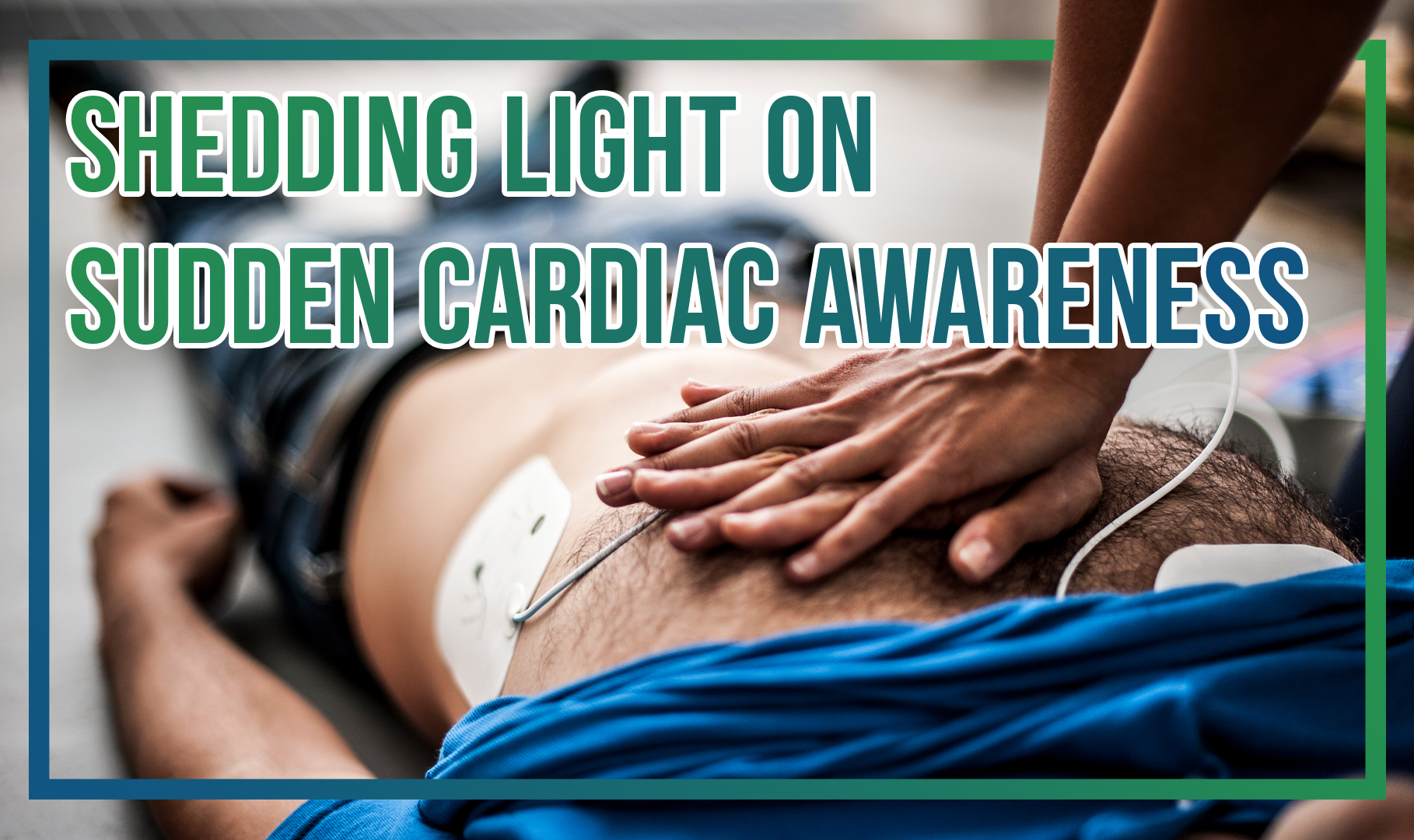
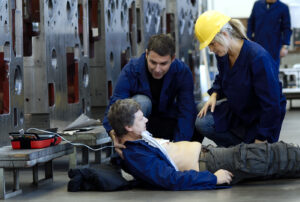 Sudden Cardiac Arrest strikes without warning, even impacting healthy individuals. It can affect people of all ages, from infants to older adults, and does not discriminate based on gender or fitness level. Contrary to popular belief, cardiac arrest is not limited to older people or those with pre-existing heart conditions. It frequently occurs in young, active individuals, highlighting the importance of raising awareness across all demographics.
Sudden Cardiac Arrest strikes without warning, even impacting healthy individuals. It can affect people of all ages, from infants to older adults, and does not discriminate based on gender or fitness level. Contrary to popular belief, cardiac arrest is not limited to older people or those with pre-existing heart conditions. It frequently occurs in young, active individuals, highlighting the importance of raising awareness across all demographics.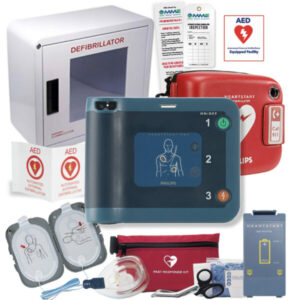
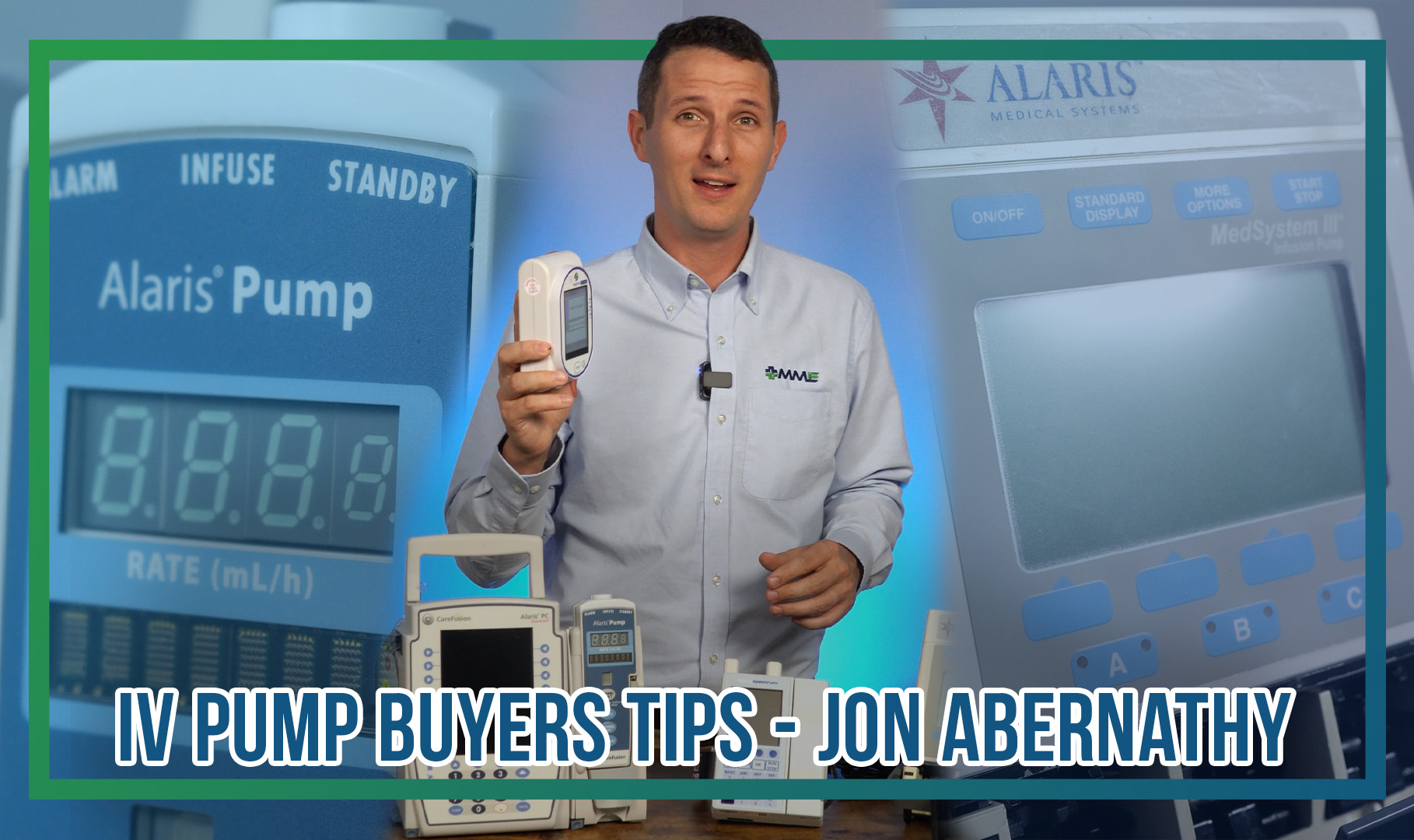
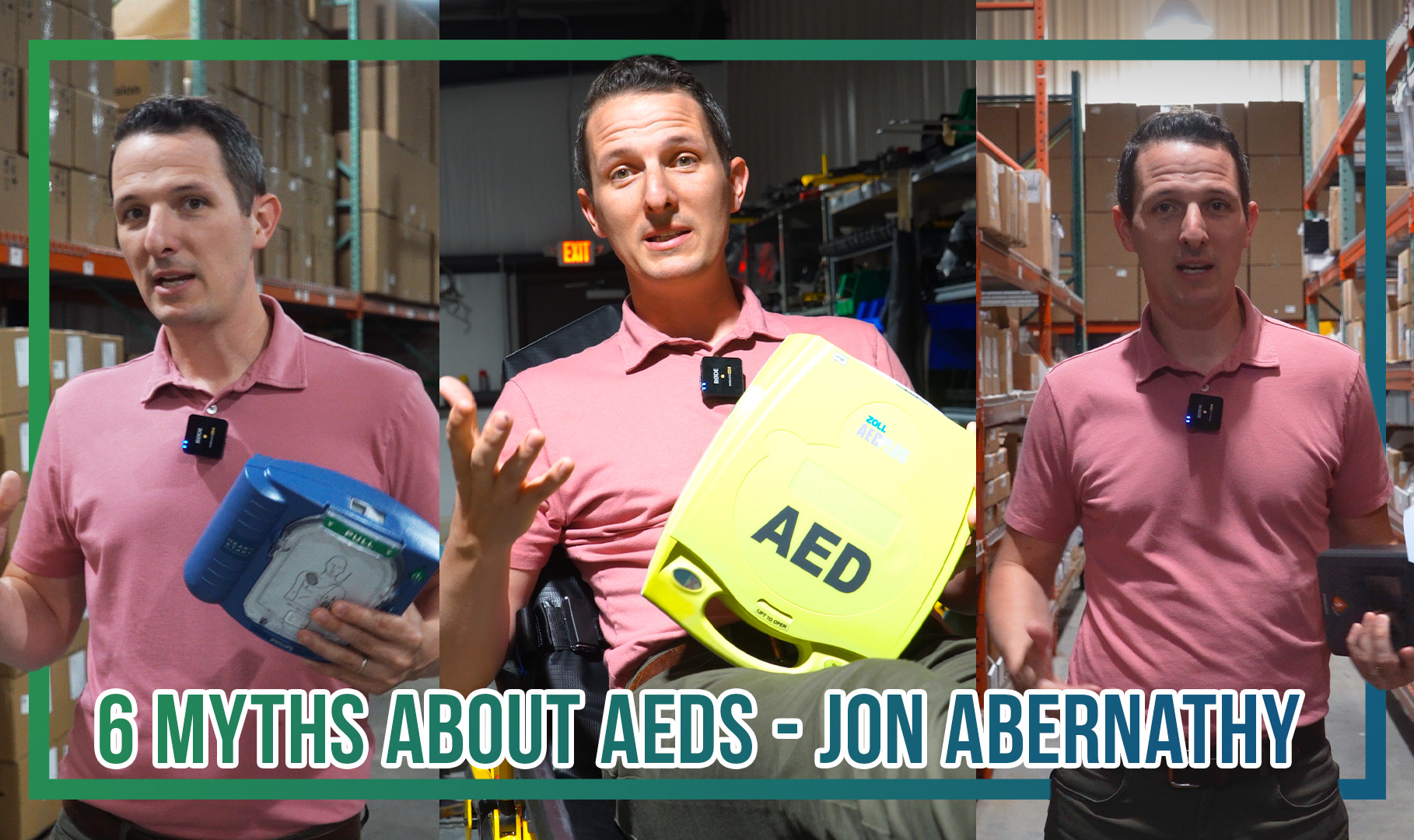
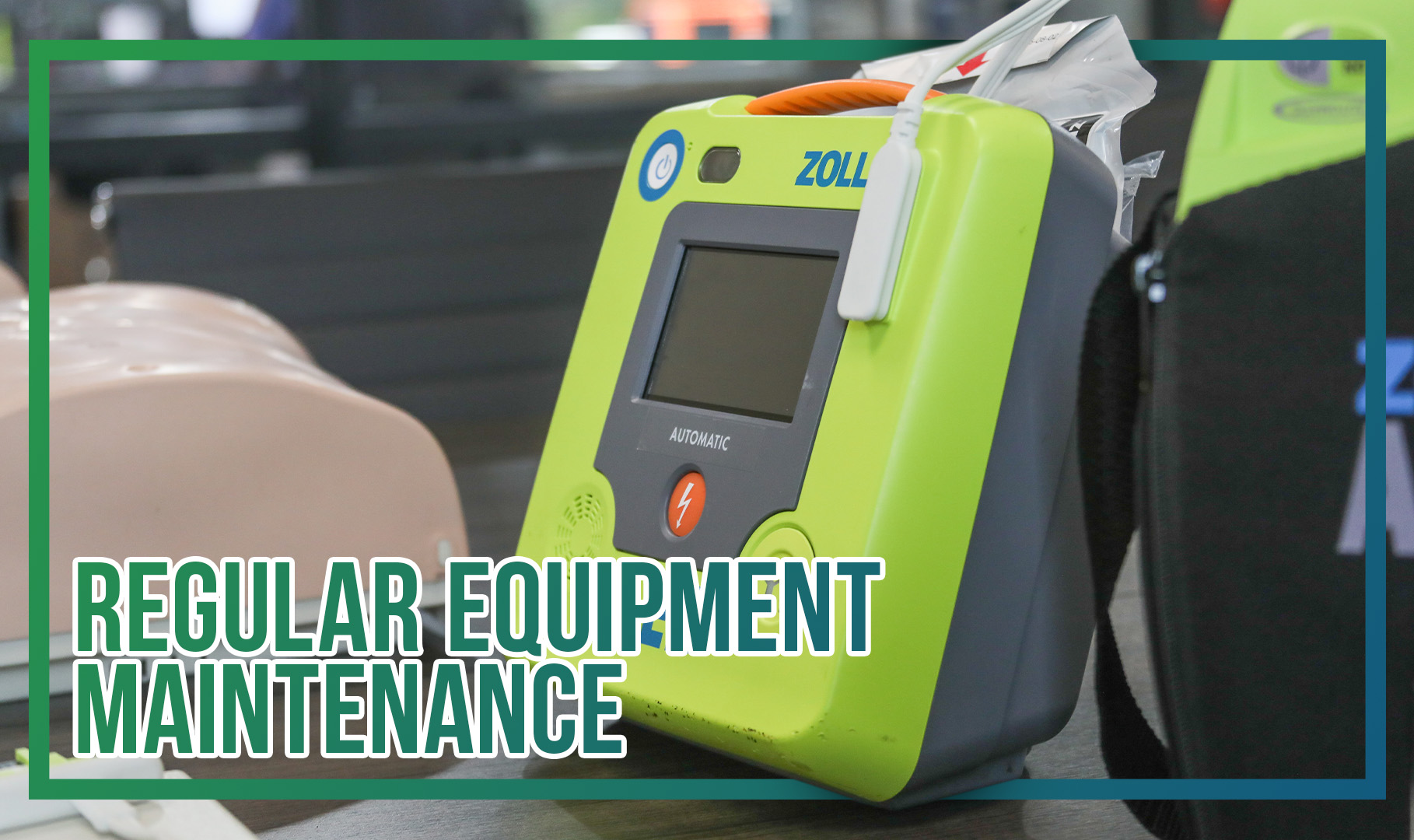
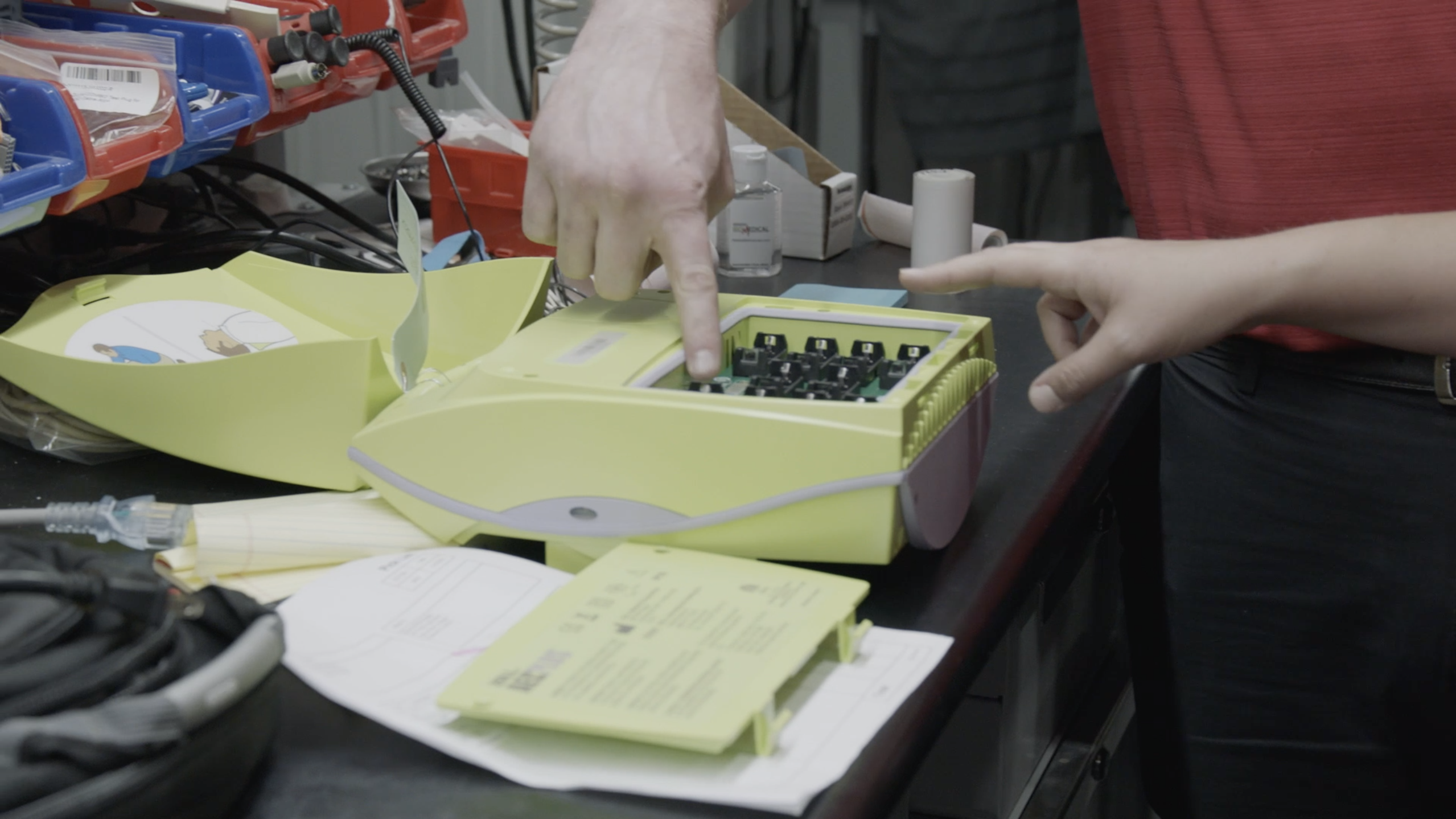
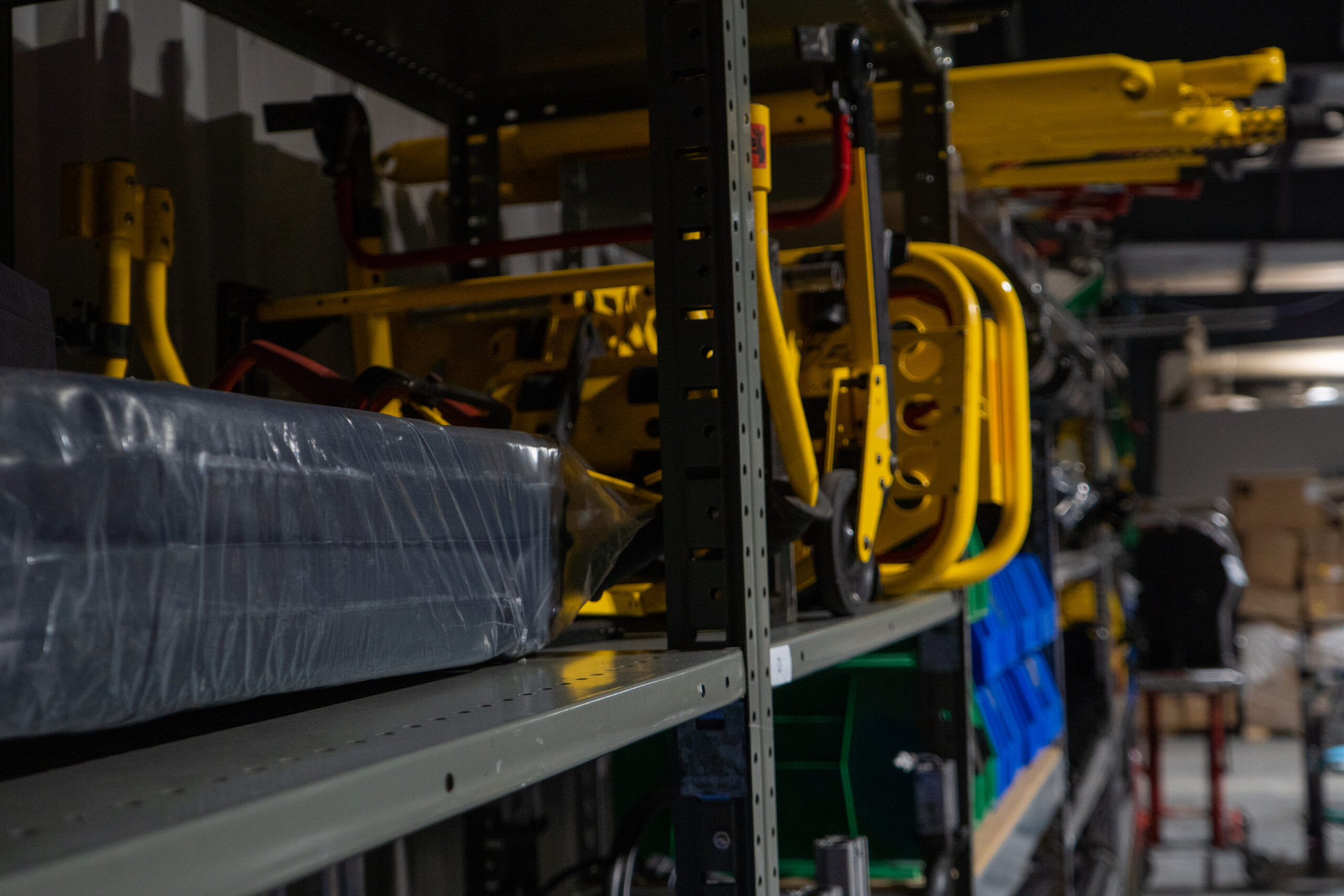
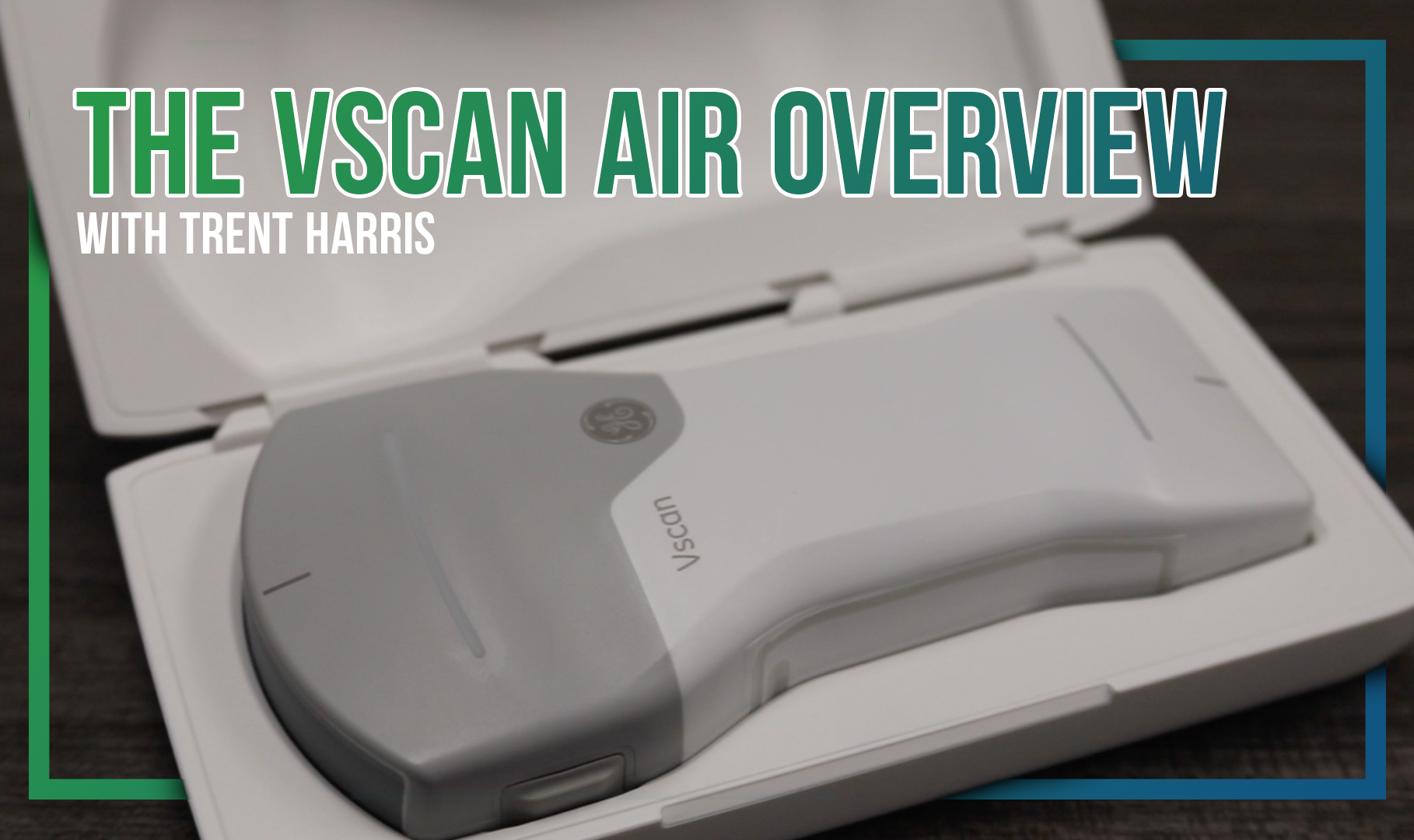
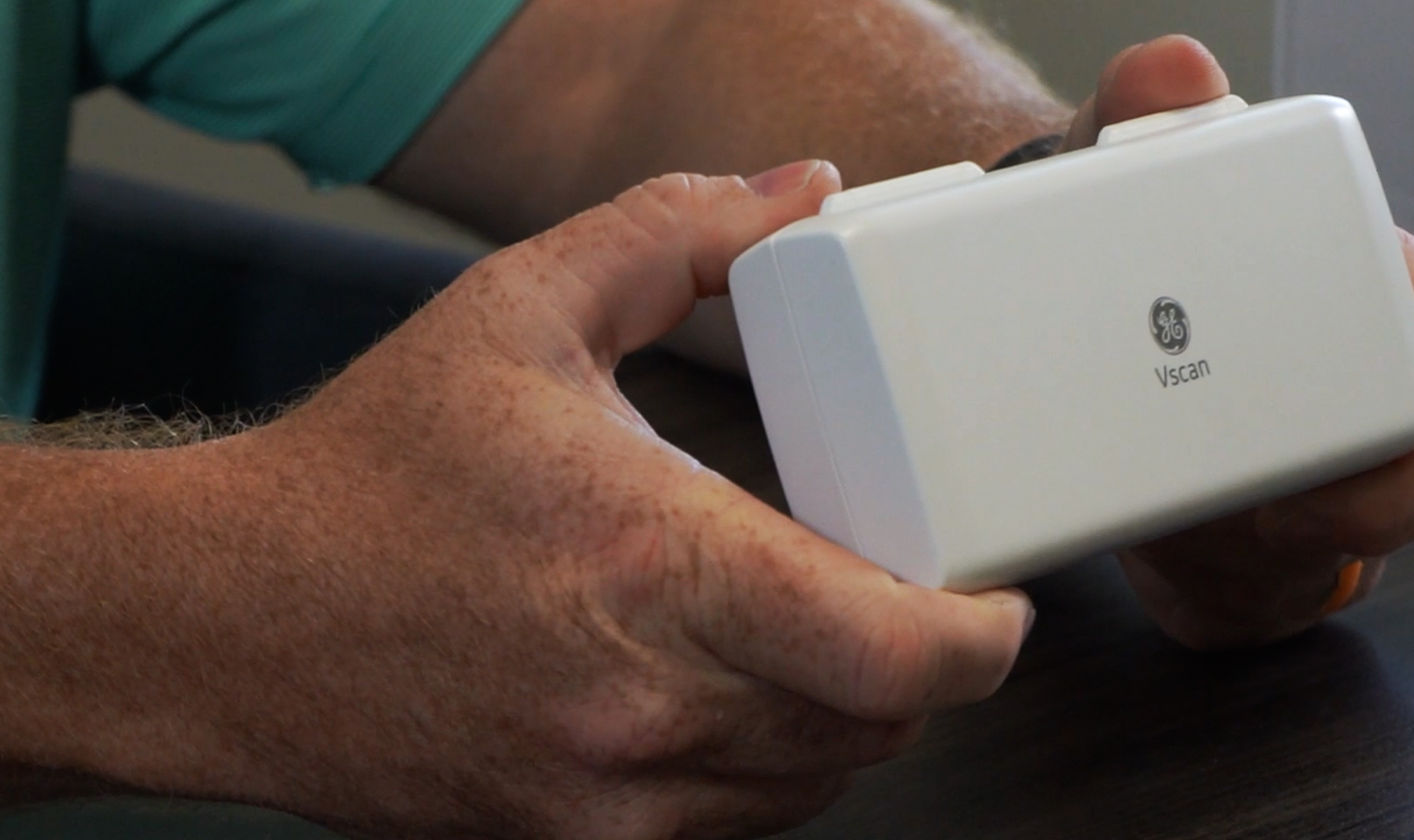
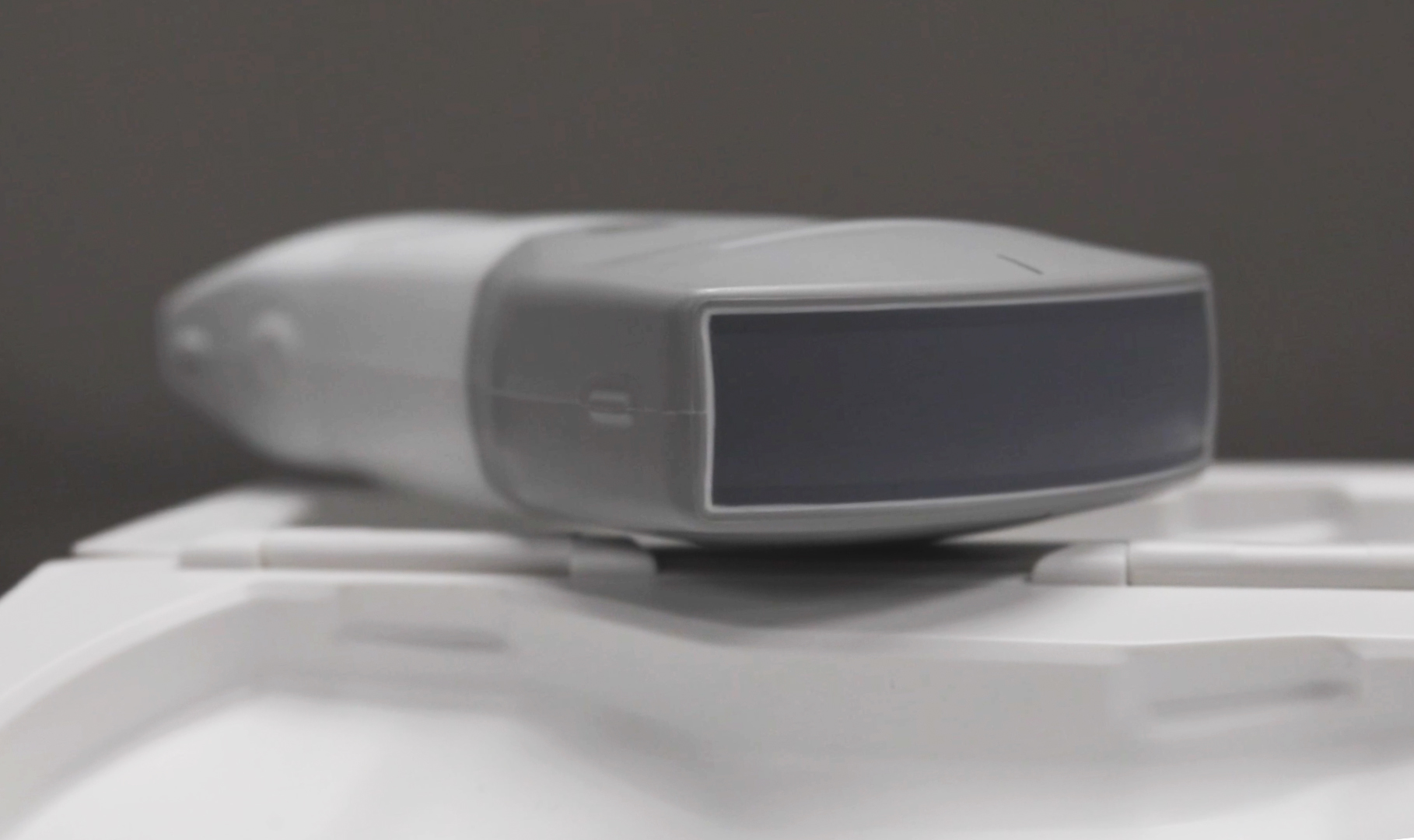
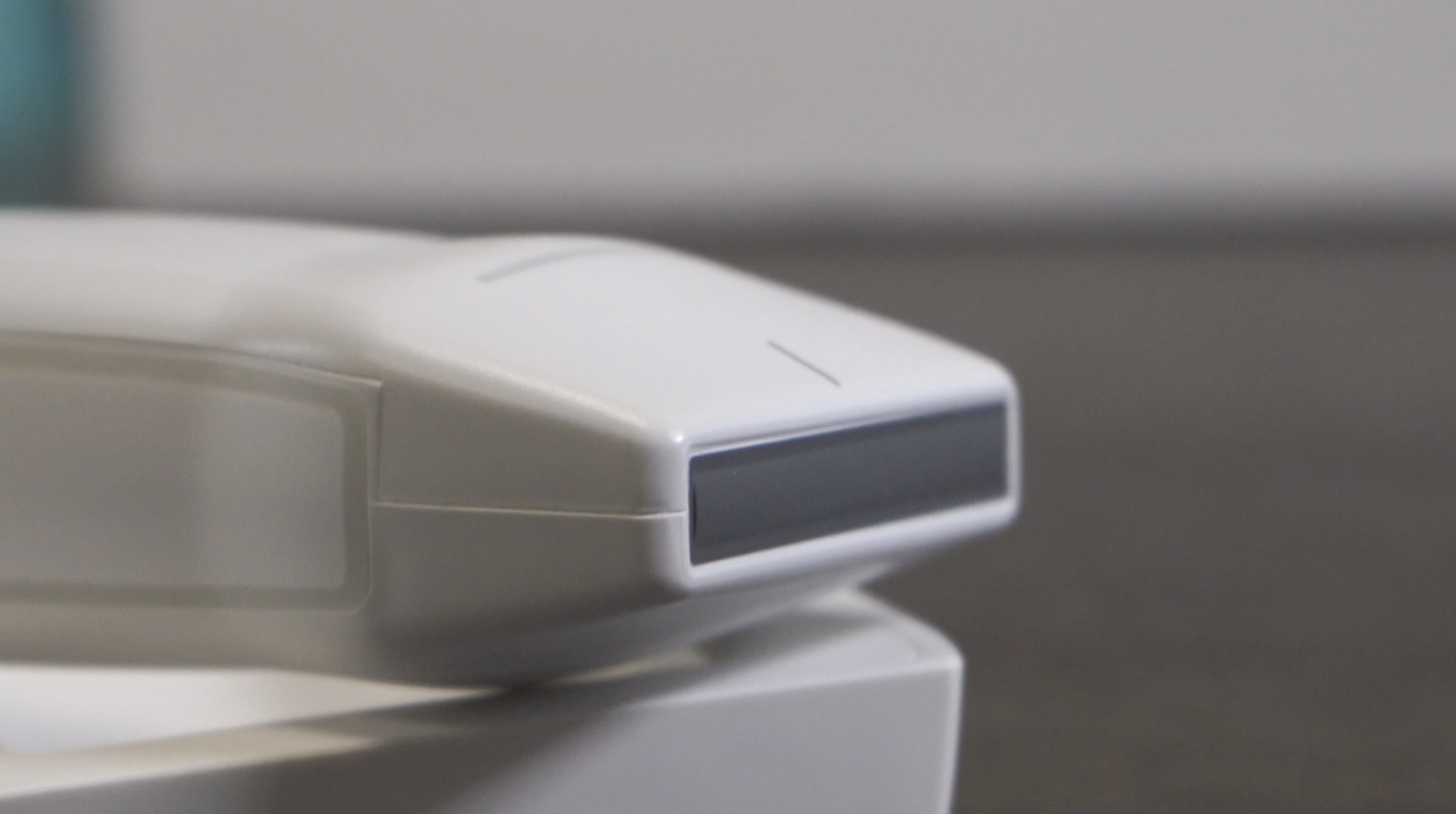
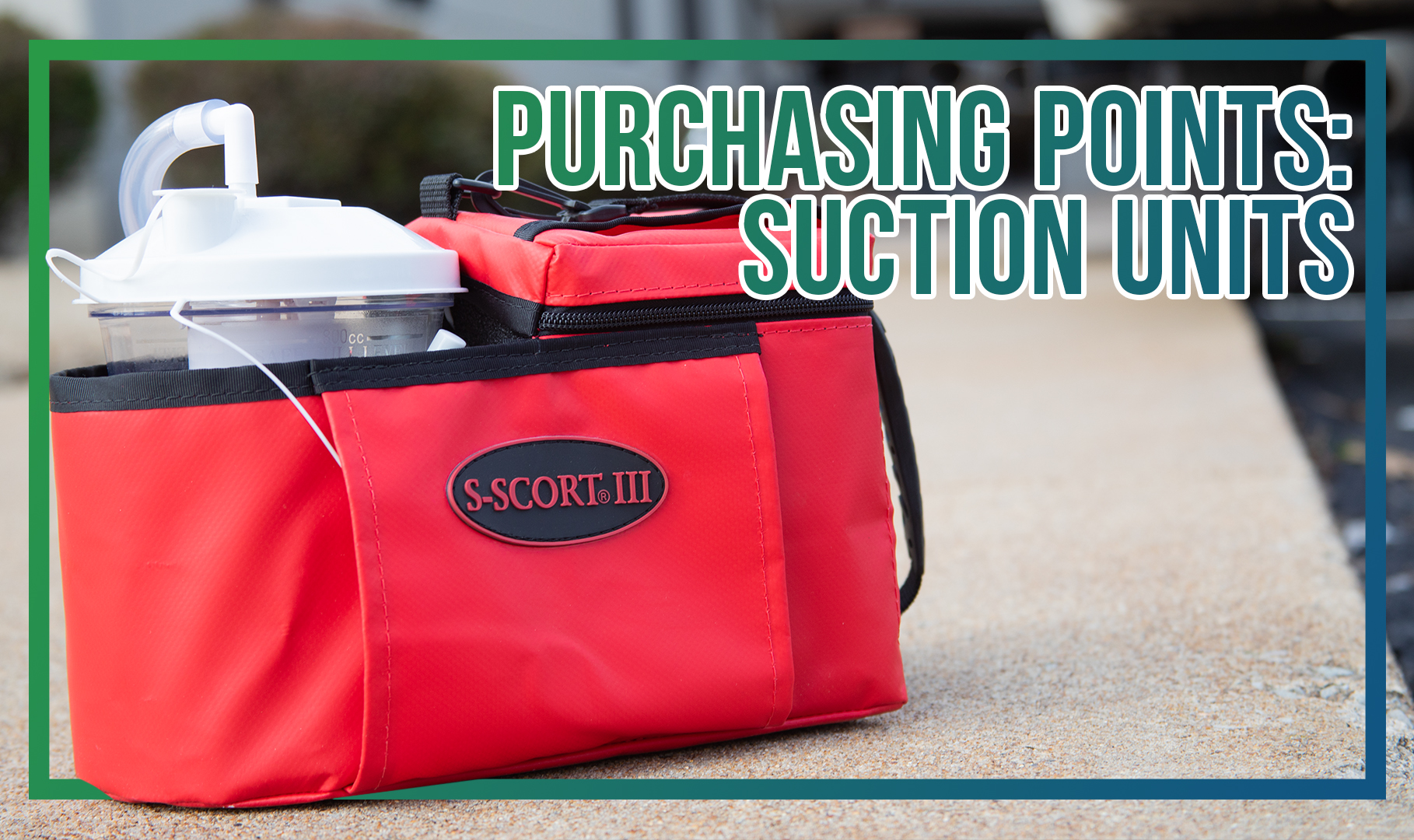
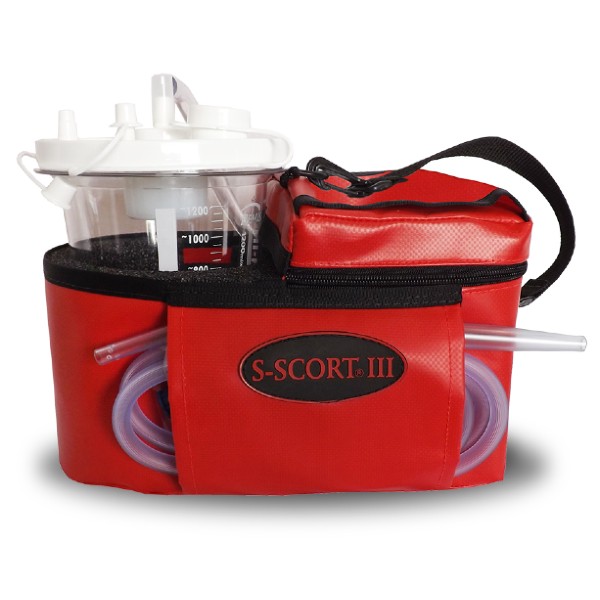
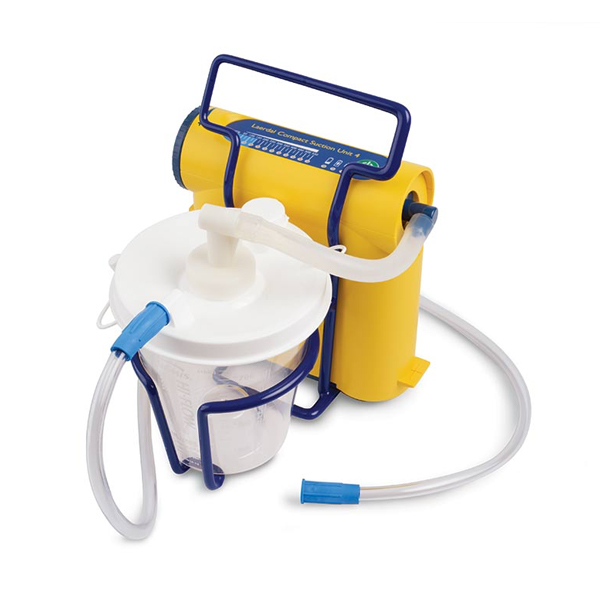
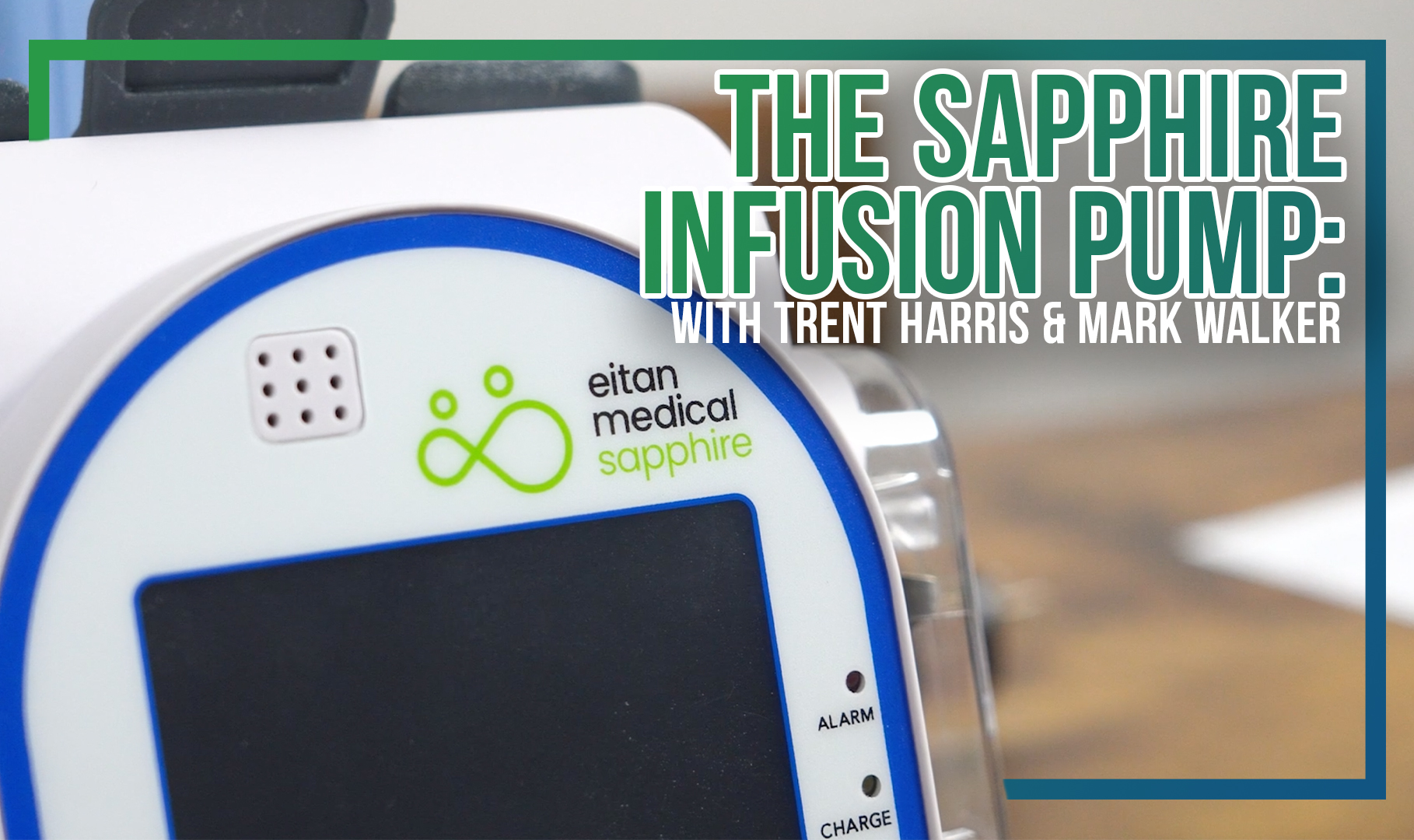
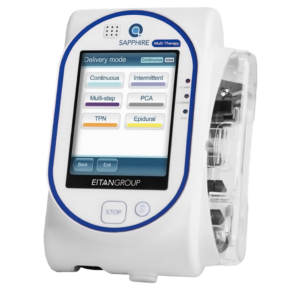
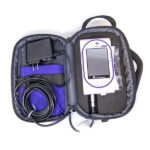
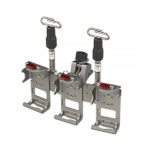 This triple mount is angled to optimize the interface and interaction with each pump while remaining compact for delivering multiple medications.
This triple mount is angled to optimize the interface and interaction with each pump while remaining compact for delivering multiple medications.